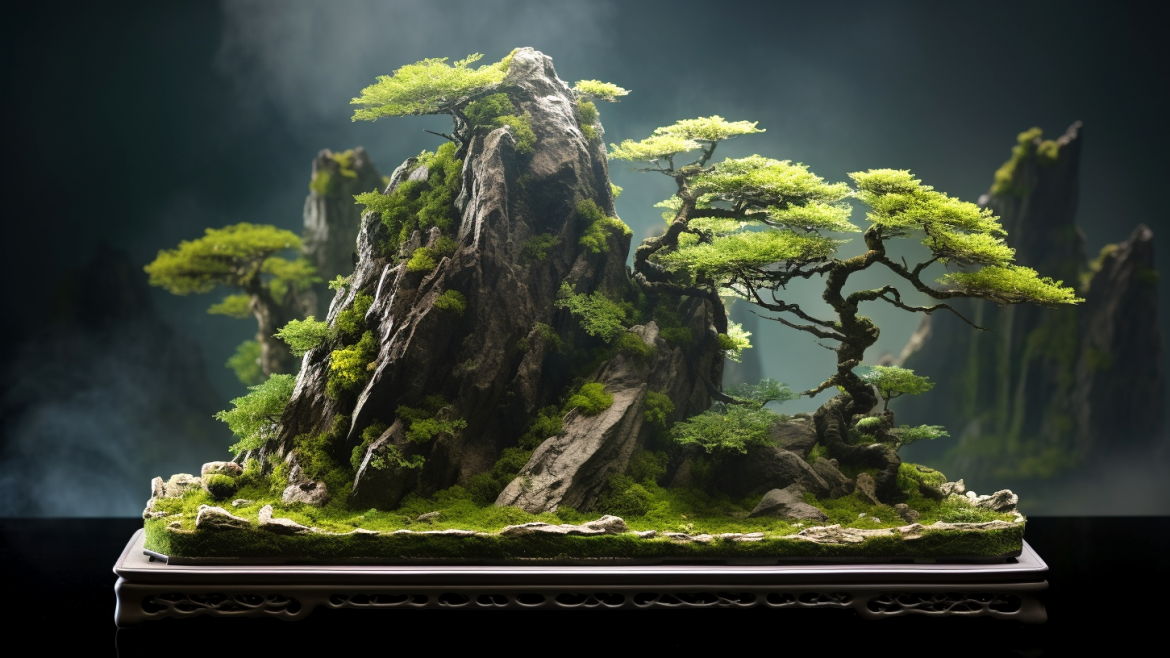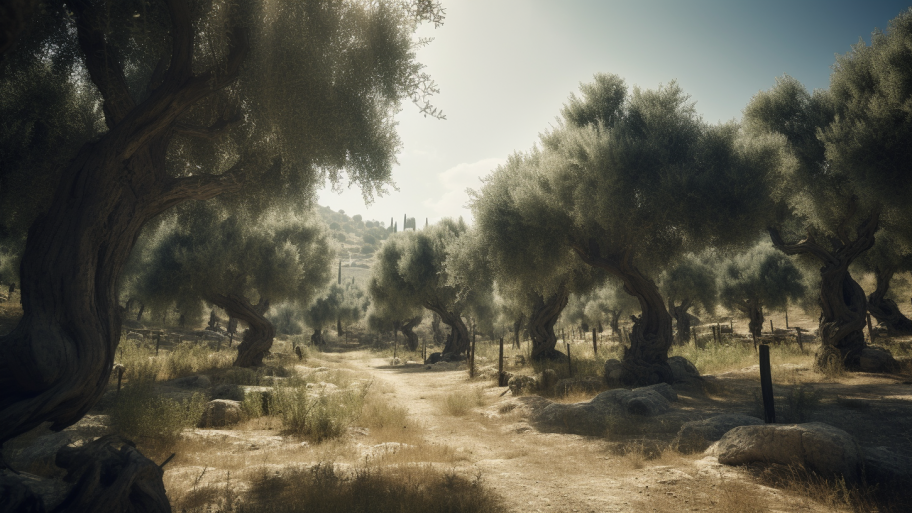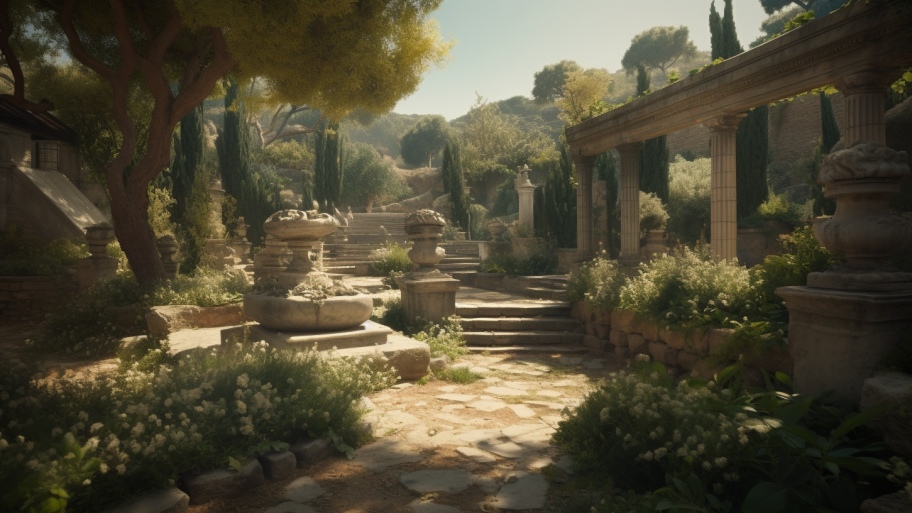Penjing, the ancient Chinese art of creating miniature landscapes and the precursor to the Japanese practice of bonsai, has a rich and captivating history that dates back over a thousand years. In penjing, skilled artisans meticulously shape and prune living plants to create stunning, harmonious scenes that represent the beauty of the natural world in a small-scale, portable format. This intricate art form reflects the ancient Chinese belief in the interconnectedness of humans and nature, as well as the importance of balance and harmony in all aspects of life.
The practice of penjing can be divided into three main categories: tree penjing, which focuses on the cultivation and shaping of individual trees; landscape penjing, which incorporates rocks, water, and plants to create miniature representations of natural landscapes; and water-and-land penjing, which combines elements of both tree and landscape penjing to create intricate, multi-dimensional scenes.
The development of penjing can be traced back to the Tang dynasty (618-907 CE), although some historians believe that its origins may extend even further into the past. Over the centuries, penjing evolved as artists and horticulturists experimented with different plant species, techniques, and design principles. The art form reached its zenith during the Ming (1368-1644 CE) and Qing (1644-1911 CE) dynasties, when penjing was highly regarded by emperors and scholars, and it became an essential component of Chinese garden design.
Throughout its history, penjing has been closely tied to Chinese philosophy, particularly the concepts of Taoism and Confucianism. The practice of penjing seeks to capture the essence of the natural world and represent it in a harmonious, balanced manner, reflecting the Taoist belief in the interconnectedness of all things. Additionally, the careful attention to detail and the importance of patience and discipline in the cultivation of penjing are emblematic of Confucian values.
To create a penjing masterpiece, artists use a variety of tools, such as pruning shears, wire, and small gardening implements, to shape and guide the growth of their chosen plants. The process of creating a penjing can take many years, as the artist carefully prunes, wires, and trains the plants to achieve the desired aesthetic effect.
Examples of plants from ancient China that could be grown in modern gardens include:
- Chinese maple (Acer spp.)
- Chinese juniper (Juniperus chinensis)
- Chinese elm (Ulmus parvifolia)
- Chinese wisteria (Wisteria sinensis)
- Tree peony (Paeonia suffruticosa)
- Camellia (Camellia spp.)
- Chinese plum (Prunus mume)
- Chinese quince (Pseudocydonia sinensis)
- Chinese holly (Ilex cornuta)
- Chinese witch hazel (Hamamelis mollis)
For those interested in practicing the art of penjing at home, there are several products available on Amazon that can help you get started:
- Penjing: The Chinese Art of Bonsai: An gardening book that showcases the art of penjing with over 300 illustrations, and covers its history, categories, aesthetic features and techniques.
- Bonsai Tool Kit: A comprehensive set of tools specifically designed for shaping and maintaining penjing and bonsai trees.
- Premium All Purpose Bonsai Soil: A specially formulated soil mix that provides the ideal growing conditions for penjing plants.
In conclusion, the art of penjing represents a captivating and enduring facet of ancient Chinese gardening, reflecting the nation’s profound appreciation for nature and the pursuit of harmony and balance in all aspects of life. With its rich history, deep philosophical roots, and intricate techniques, penjing is a testament to the artistic and horticultural ingenuity of ancient China. By incorporating penjing elements or plants inspired by ancient Chinese gardens into your own modern garden, you can celebrate this fascinating tradition and create a space that reflects the timeless beauty of the natural world.




